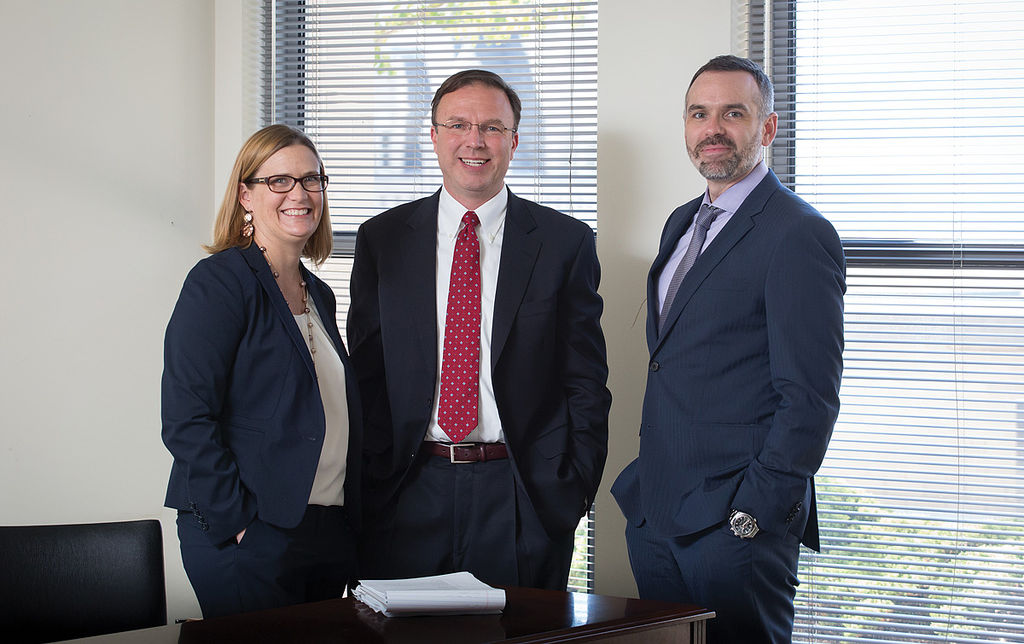Transportation — As Science Fiction Turns to Fact, Regulators Try to Keep Up
Publication | 01.19.16
Driverless cars, unmanned aircraft—new autonomous vehicle technologies offer many new opportunities, but also new risks, for business.

“While the business case for drones has been demonstrated across many industries, the current FAA exemption process remains cumbersome,” says Gerry Murphy, a partner at Crowell & Moring and co-chair of the firm’s Aviation Group.
That process stands to change in mid-2016, when the Federal Aviation Administration (FAA) is expected to issue a final rule on the operation and certification of small unmanned aircraft systems (sUAS). “Among other things, the final rule is expected to contain blanket operating authorization for a wide range of commercial sUAS operations,” Murphy says. “This may eliminate a lot of red tape, but it will also create new business and legal challenges, in part because industry will need to meet performance standards and establish operational safety to leverage this technology beyond the tight confines of the rule.”
Until the FAA issues its final rule, Murphy says companies should consider the costs and benefits of applying for their own exemption: “It might cost much less to inspect an industrial facility via a drone than through other means, but there are safety, liability, and timing considerations.”
Meanwhile, driverless cars have been getting a lot of media attention. Google hopes to make them commercially available by 2020, and Apple and Uber are reported to be working on driverless technology. Vehicle manufacturers and other researchers have been looking at ways vehicles can communicate with each other to prevent accidents.
“So far, the National Highway Traffic Safety Administration (NHTSA) has only issued broad policy directives on fully autonomous vehicles,” says Dan Campbell, a partner in the Mass Tort, Product, and Consumer Litigation Group at Crowell & Moring. “This year the agency will continue to work to determine whether this technology requires new regulations and if there are areas of conflict or overlap with existing regulations. The agency is buying time as it catches up on the science.
“Autonomous vehicles are poised to become a routine part of certain industries,” Campbell adds. “But as with many new technologies, they carry considerable regulatory challenges and legal risks. Companies will have to grapple with those risks regardless of whether federal regulators have spoken.”
New moves on air, rail safety
In several high-profile incidents, bulk air shipments of lithium batteries appear to have caught fire in flight, prompting airlines to ban them on passenger planes and regulators to recognize that existing rules may be insufficient, says Gerry Murphy.
The FAA is reviewing proposals to enhance its rules, as well as working with the International Civil Aviation Organization (ICAO) to enhance international standards in this area. “In 2016, the FAA will likely increase its focus on prosecuting shippers for improperly attempting to ship lithium batteries by air and violating the agency’s hazardous regulations more generally, resulting in millions of dollars in civil penalties,” says Murphy.
On the rail front, April Ross, a partner at Crowell & Moring, says the industry is grappling with new hazardous material safety standards enacted in response to a sharp increase in shipment of U.S. crude oil by rail. The rules, which became effective last July, cover practices ranging from tank car design to routing requirements and new classification standards to improve the safety of transporting unrefined petroleum products.
Industry trade groups, environmentalists, and others have raised challenges. In 2016, key players will work to comply, while some may continue to advocate changing the rules, Ross predicts.
[PDF Download: 2016
| |
[Web Index: 2016 Regulatory
|
Contacts
Insights
Publication | 11.24.25
Litigation Funders Looking to Invest in Law Firms Face Hurdles
Publication | 11.19.25
Who Can Fix It? Antitrust, IP Rights, and the Right to Repair
Publication | 11.14.25
Three Steps Tech Companies Can Take Today To Prepare To Ride A Blue Wave In 2026



